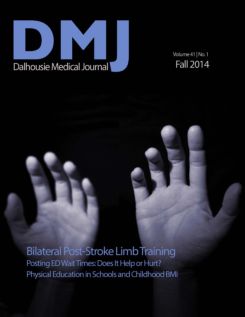Airway Management: Methods of Oxygenation
DOI:
https://doi.org/10.15273/dmj.Vol41No1.5939Abstract
Airway management in the emergency or elective setting encompasses a collection of important skills and training necessary for all health care providers. The purpose of this review is to provide trainees with a general overview of the important techniques and strategies used in airway management. We present a case scenario of a failed airway to illustrate the clinical application of these techniques. Special attention is given to bag-mask-ventilation, the use of extra-glottic devices, tracheal intubation, and surgical airways, as these are the basic airway management
techniques.
Furthermore, we describe factors that influence the selection of an airway management technique depending on the situation, including the training and skills of the individual practitioner, the availability of equipment and
medications, the level of acuity (elective vs. emergency), as well as patient-specific factors. The goal is to equip trainees with basic knowledge surrounding emergency airway management and encourage trainees to seek clinical opportunities to practice these skills.
Downloads
How to Cite
Issue
Section
License
Authors who publish with this journal agree to the following terms:
- Authors retain copyright and grant the journal right of first publication with the work simultaneously licensed under a Creative Commons Attribution License that allows others to share the work with an acknowledgement of the work's authorship and initial publication in this journal.
- Authors are able to enter into separate, additional contractual arrangements for the non-exclusive distribution of the journal's published version of the work (e.g., post it to an institutional repository or publish it in a book), with an acknowledgement of its initial publication in this journal.
- Authors are permitted and encouraged to post their work online (e.g., in institutional repositories or on their website) prior to and during the submission process, as it can lead to productive exchanges, as well as earlier and greater citation of published work (See The Effect of Open Access).


